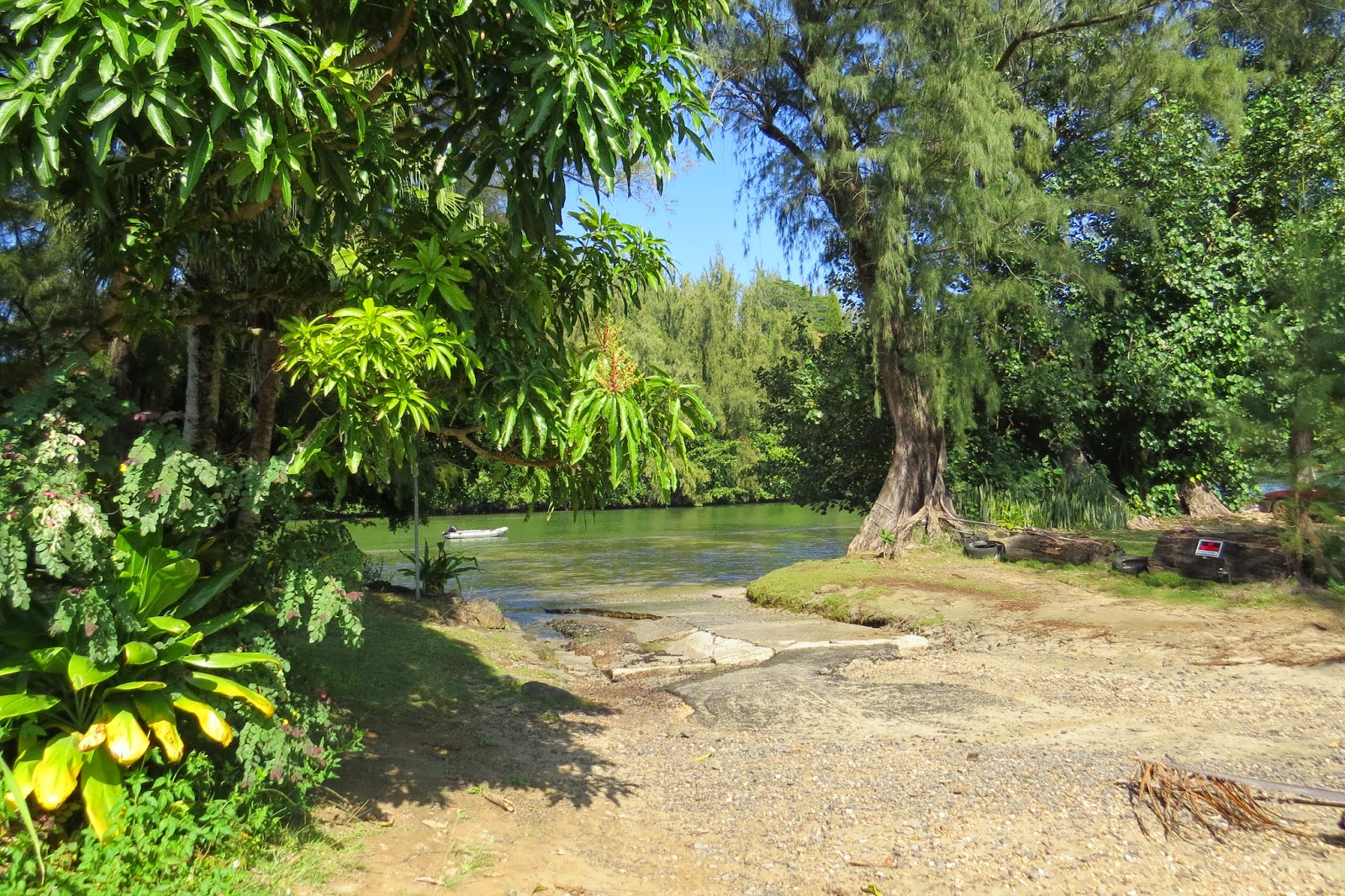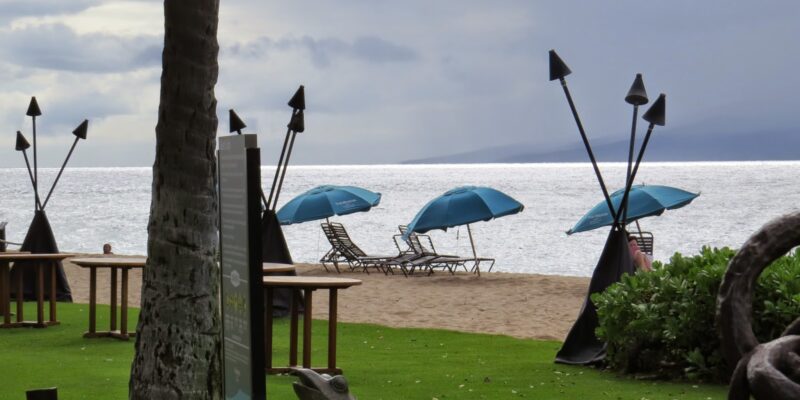
Yesterday was a busy day. To use the food we had on hand, I made taco salads (no shell) using organic, grass-fed ground beef, two small jars of green olives, which I sliced, grape tomatoes I cut in half, one whole yellow onion chopped, diced celery, grated cheddar cheese, and homemade Greek yogurt salad dressing.
After cooking and draining the ground beef, I seasoned it with keto taco salad seasoning and one can of low-sugar tomato sauce and let it cook for another 30 minutes on low heat to absorb the flavors. Once it cooled, I put it in the refrigerator with portions to be heated in the microwave at dinner time.
There was enough meat, cheese, and vegetables to last for three nights, and we’ll do takeaway (delivered) meals for the remaining four nights. Our flight isn’t until 10:20 on Saturday night, so we’ll order food in the late afternoon to ensure we’ve eaten before the flight, which may or may not provide food on this late flight. Plus, most of the items they serve on flights aren’t suitable for my way of eating.
Once we arrive in Marloth Park on Monday afternoon, it will have been a long haul before we eat dinner again. We’ll be fine, as always. Going without eating for a day or more is not a big deal.
Yesterday, I packed most of my clothes, and we weighed my bag. It’s at the 50-pound maximum. Today, I will pack another bag of supplies. After being in the US for so long, we accumulated several items we’ll be able to use in Marloth Park during the six months there, which includes two stays, three months each, less the time we stay in Minnesota in June.
When we eventually leave South Africa, we will have to donate the items in the overflow extra bag and return to three checked bags: one clothing bag for each of us and one supply bag, our preferred maximum. When we go to the US in June for Maisie’s graduation, we won’t need to bring everything, only enough to last the two weeks we’ll be in the US.
The cooling system in the condo isn’t working. I awoke at 3:00 am from being too hot when we went to bed on Sunday night. I got up and saw the thermostat reading that the indoor temperature was 90F, 32C. Today, a repairman was scheduled to arrive at 8:30 am, and now it is 9:3,0, and no one has arrived. We’ll see how that goes.

As soon as I upload this post, I will return to work on the packing. I prefer to do a little each day rather than all at once. Gosh, it’s hard to believe we’ll be flying away in only four days!
Be well.
Photo from ten years ago today, February 25, 2015:
|
|





















